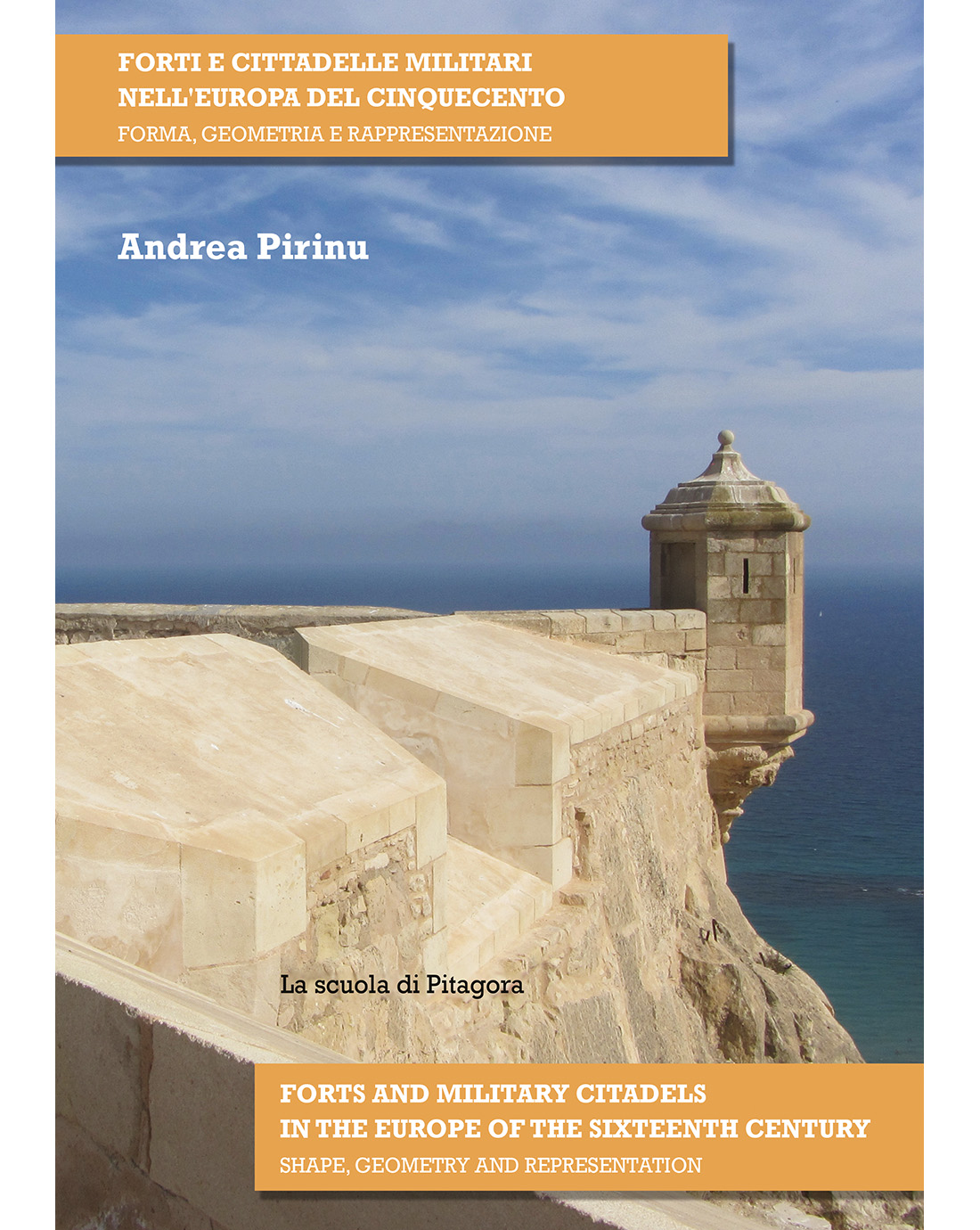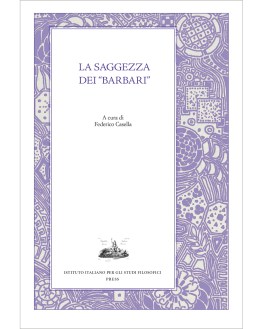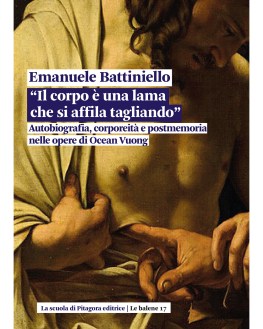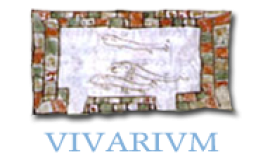Forti e cittadelle militari nell'Europa del Cinquecento (Open Access)
Forts and military citadels in the Europe of the sixteenth century
Shape, geometry and representation
Autore: Andrea Pirinu
ISBN 979-12-5613-054-2
ISSN 2724-3699
Pagine: 224
Anno: 2025
Formato: 21 x 29,7 cm
Collana: Temi e frontiere della conoscenza e del progetto, 23
Supporto: file PDF (134 Mb)
Scarica gratuitamente il volume Open Access
Il volume presenta i risultati di una ricerca più ampia sulle fortificazioni “alla moderna” e propone un’analisi comparata delle opere più significative realizzate in Europa tra il XV e il XVI secolo, focalizzandosi sulle soluzioni progettuali che segnarono il passaggio dalla difesa piombante al fronte bastionato.
Questo periodo, definito “di transizione”, grazie a figure come Leonardo da Vinci, Francesco di Giorgio Martini e i Sangallo, vede la nascita e lo sviluppo di un nuovo modello che fu impiegato fino agli inizi dell’Ottocento. In questo periodo si affermò un ampio repertorio di forme, definito tramite “colpi di compasso” e linee di tiro, per rispondere a una nuova “arte di fare la guerra” che prevedeva la protezione reciproca dei bastioni mediante il fuoco incrociato delle artiglierie.
L’importanza della geometria, fondamentale sia per il disegno di progetto che per il tracciamento, emerge chiaramente nel libro, come dimostrato dai trattati militari dell’epoca e messo in evidenza attraverso l’analisi grafica dei documenti d’archivio e i rilievi delle strutture esistenti. La trattazione dei casi studio dà particolare rilievo alla lettura critica attraverso il ridisegno. Questa prassi consente, in particolare, di riconoscere le geometrie sottese, individuare una “scuola” e, anche in assenza della firma dell’autore, attribuire la paternità di un’opera.
The volume presents the results of a broader research project on “modern” fortifications and offers a comparative analysis of the most significant works built in Europe between the 15th and 16th centuries, focusing on the design solutions that marked the transition from the overhanging defence to the bastioned front.
This period, referred to as a “transitional” phase, sees the birth and development of a new model, thanks to figures such as Leonardo da Vinci, Francesco di Giorgio Martini, and the Sangallo family, which was employed until the early 19th century. During this time, a wide range of forms, defined through “compass strokes” and lines of fire, emerged to address a new “art of warfare” that involved the mutual protection of bastions through the crossfire of artillery.
The importance of geometry, fundamental both for design and layout, is clearly emphasized in the book, as evidenced by contemporary military treatises and highlighted through the graphic analysis of archival documents and surveys of existing structures. The treatment of case studies places particular emphasis on critical reading through redrawing. This practice specifically helps to recognize the underlying geometries, identify a “school”, and, even in the absence of the author’s signature, attribute the authorship of a work.
Nessuna recensione disponibile per questo titolo.
Autenticati per poter scrivere una recensione. Accesso















